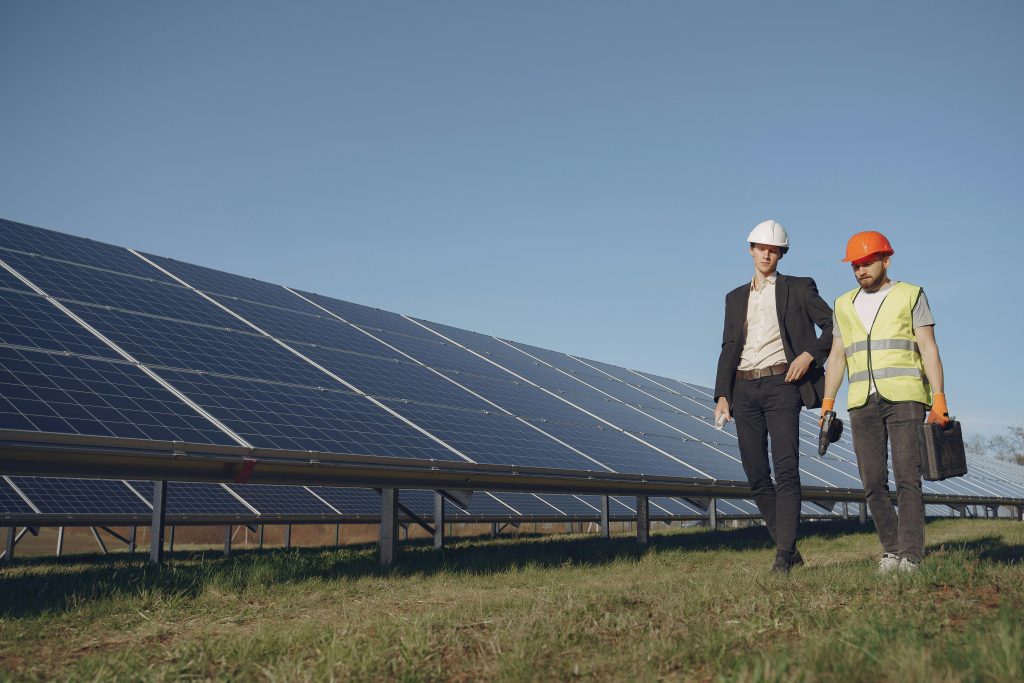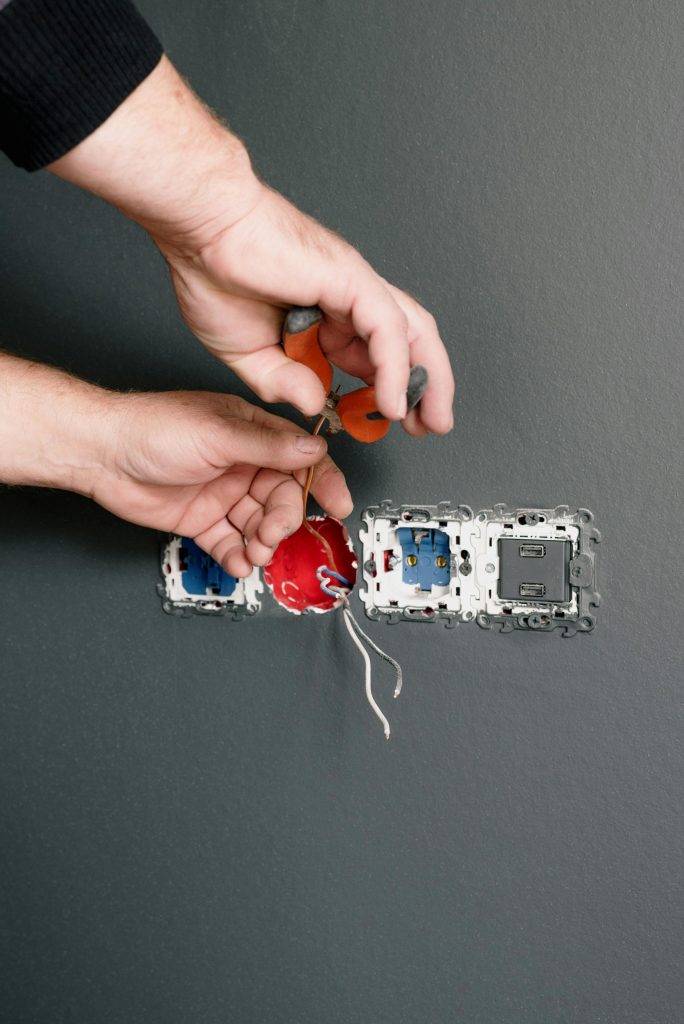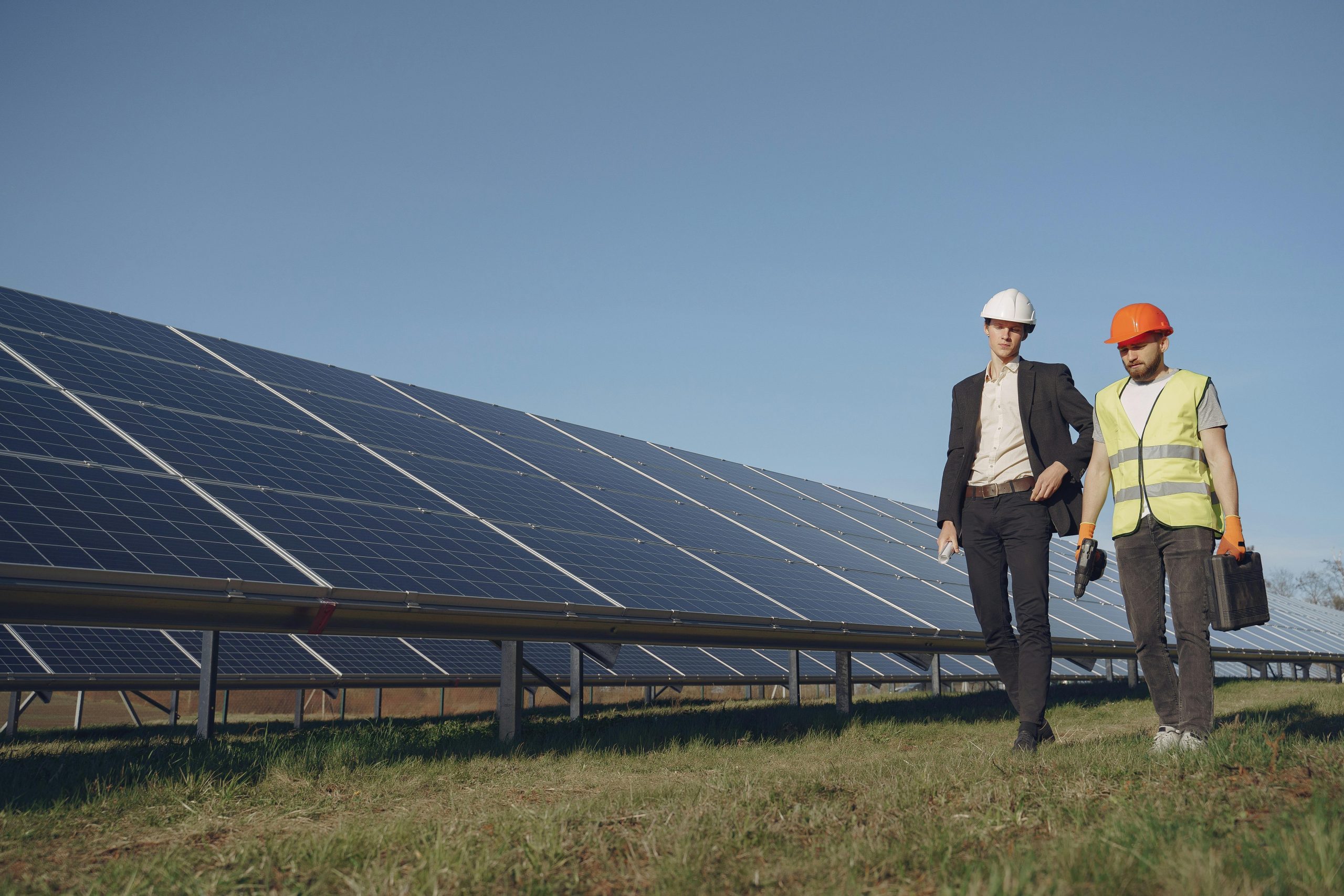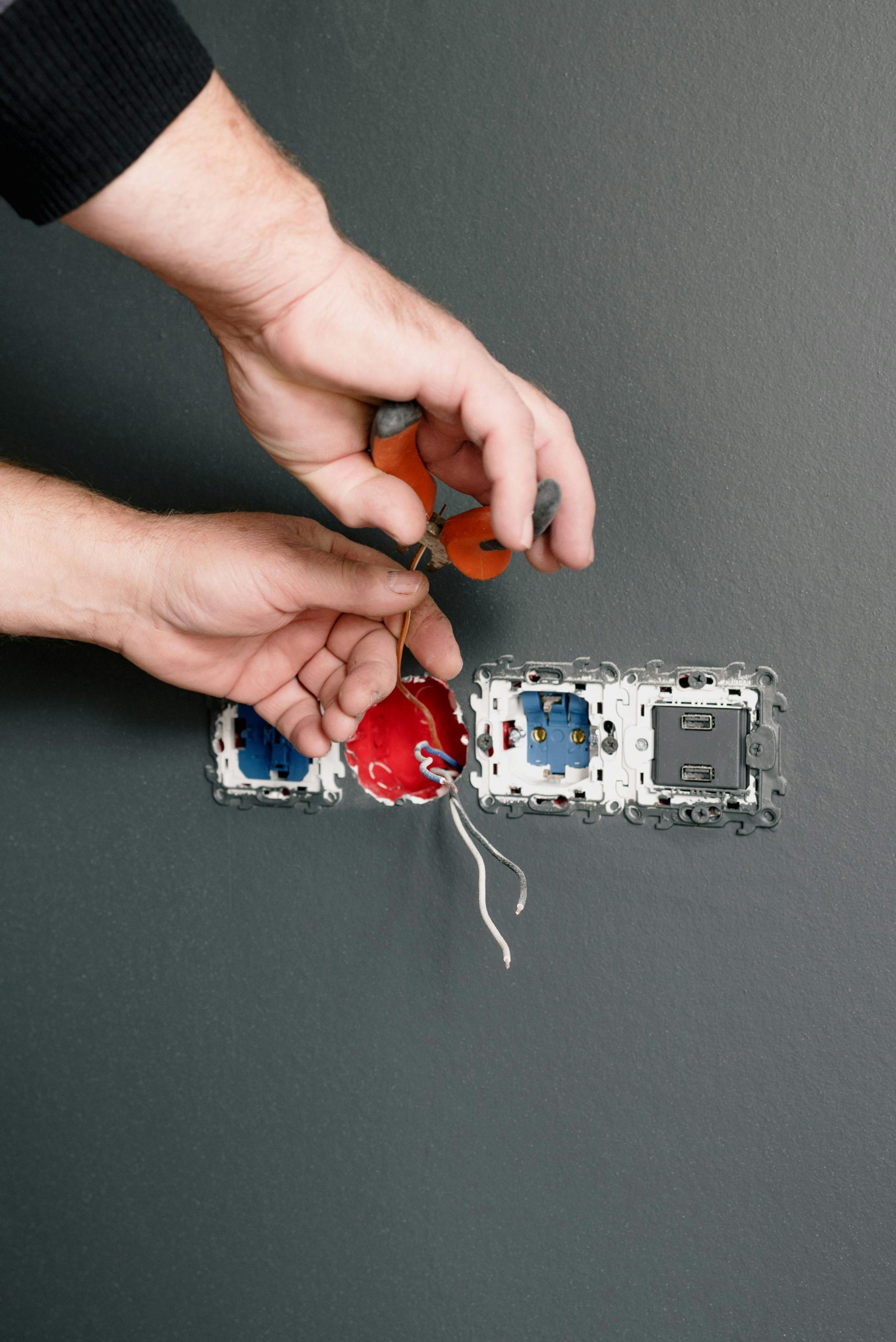How to Craft a Standout CV for Mechanical & Electrical Roles

In today’s competitive job market, having a well-crafted CV is more important than ever, particularly in the mechanical and electrical (M&E) sector, where specific skills and qualifications are essential. Whether you’re an experienced electrical engineer looking for your next challenge or a mechanical technician just starting out, your CV is the first impression you’ll make on potential employers.
At PPR, we’ve reviewed countless CVs for M&E positions across the UK. What stands out isn’t necessarily the length or fancy formatting, but how well the CV communicates your relevant experience, qualifications, and technical abilities to the hiring manager.
The M&E sector spans a wide range of specialisms, from building services and HVAC to electrical installations and control systems. Each role requires specific skills and certifications, which means your CV needs to be tailored accordingly. A generic CV won’t cut it when applying for these technical positions.
In this guide, we’ll share practical advice on how to create a CV that highlights your M&E experience effectively, showcases your technical abilities, and gets you noticed by employers and recruiters alike. We’ve based these tips on our years of experience helping candidates secure roles in the mechanical and electrical fields.

What to Include in Your M&E CV
For mechanical and electrical roles, certain information is non-negotiable on your CV. Make sure you include:
Relevant Qualifications: List all relevant qualifications with the awarding body and date achieved. For M&E roles, this might include:
- NVQ Levels in Electrical Installation
- HNC/HND in Mechanical Engineering
- C&G 2365/2357/2391/2382/2394/2395
- ECS Card details (including type and expiry)
- JIB/CSCS cards
- Gas Safe registration (for gas engineers)
Technical Skills: Create a specific section listing key technical skills relevant to M&E work:
- For electrical roles: Mention experience with specific systems like fire alarms, security systems, BMS, data cabling, or industrial controls
- For mechanical roles: Include experience with HVAC, pipework, plant installation, or maintenance systems
Project Experience: Detail your experience on relevant projects, including:
- Project name and location
- Your specific role and responsibilities
- Types of systems installed or maintained
- Value of project (if significant)
- Duration of your involvement
Software Knowledge: List any relevant software skills, such as:
- CAD programs (AutoCAD, Revit)
- BIM software
- Estimation software
How to Structure Your M&E CV
The structure of your CV can make a significant difference in how easily employers can find the information they need.
Start with a Professional Profile: A brief (3-5 line) summary of your M&E experience, key skills, career goals, and relevant qualifications.
Work Experience First: For experienced M&E professionals, put your work history before education. List in reverse chronological order (most recent first), with company name, dates, job title, and key responsibilities.
Highlight Achievements: For each role, include specific achievements, not just responsibilities. For example, instead of “Responsible for electrical installation,” try “Completed electrical installation for £2m office development, delivering ahead of schedule with zero defects.”
Keep It Concise: Aim for two pages maximum, preferably one. Focus on your most recent and relevant experience, with more detail for recent roles and less for older positions.
Showcasing Project Experience Effectively
Create a Project Highlights Section: For contract workers who move between projects frequently, consider a dedicated section listing key projects:
King’s Cross Development, London (Jan-Jun 2022)
- Installed primary LV distribution system for mixed-use development
- Supervised a team of 4 electricians
- Coordinated with other trades to meet critical project milestones
Include Technical Details: Mention specific systems, equipment, and techniques you’re familiar with.
Quantify Where Possible: Add numbers to demonstrate scale: “Maintained 50+ AHU units across three hospital sites” or “Installed over 1000m of trunking and containment systems.”

Using Role-Specific Language
The language you use can demonstrate your familiarity with the M&E sector:
Use Industry Terminology: Show your knowledge by using correct technical terms. For example, don’t just say “wiring” if what you mean is “installing and terminating fire-rated cables to BS7671 standards.”
Avoid Abbreviations Without Explanation: While industry insiders will know what HVAC and BMS stand for, not everyone reviewing your CV might. Consider writing it out in full the first time and then abbreviating after.
Match the Job Description: Look for keywords in the job posting and incorporate them naturally into your CV. If they’re looking for “experience with commercial ventilation systems,” make sure that you add that experience if you have it.
Breaking Through Automated CV Scanners
Many companies now use Applicant Tracking Systems (ATS) to filter CVs before a human ever sees them.
Use a Clean Format: Avoid tables, text boxes, headers, footers, and images, as these can confuse ATS software.
Include Keywords: Study the job description and include relevant keywords in your CV. For a refrigeration engineer role, terms like “F-Gas certified,” “refrigerant handling,” and “commercial cooling systems” might be important.
Use Standard Section Headings: Stick to conventional headings like “Work Experience,” “Education,” and “Skills” rather than creative alternatives.
PPR’s Experience in the M&E Sector
At Premier People Recruitment, we’ve been supporting the Mechanical and Electrical sector for nearly two decades. Our dedicated M&E team works with major contractors, specialist M&E firms, and facilities management companies across the UK.
We’ve placed candidates on projects ranging from data centres and hospitals to commercial office developments and industrial facilities. Our recruiters understand the technical requirements of the sector and can help match your skills to the right opportunity.
We pride ourselves on our industry knowledge and our ability to provide both clients and candidates with honest, practical advice.

Need Further Help with Job-Seeking?
A well-crafted CV is your ticket to securing interviews for the best M&E roles. By clearly highlighting your qualifications, showcasing relevant project experience, and using industry-specific language, you can make it easy for employers to see your value.
Remember that your CV should evolve with your career. Update it regularly with new skills, qualifications, and project experience. Consider creating different versions tailored to specific types of roles within the M&E sector.
If you’re looking for your next opportunity in the mechanical and electrical field, we’d be happy to review your CV and discuss suitable roles. Upload your CV on our website or contact our team directly at 01895 808188 or info@ppronline.co.uk.
Frequently Asked Questions
How long should my M&E CV be?
Ideally, 1-2 pages. Focus on your most recent and relevant experience, with more detail for roles in the last 5 years.
Should I include cards and certifications like ECS or Gas Safe?
Yes, these are essential. List them clearly with type, number (if relevant), and expiry date. For many employers, valid ECS, JIB, CSCS, or Gas Safe cards are required to even get on site, so make them easy to find on your CV.
How far back should my work history go?
For experienced professionals, focus on the last 10-15 years in detail. Earlier roles can be summarised briefly or listed without extensive details.





